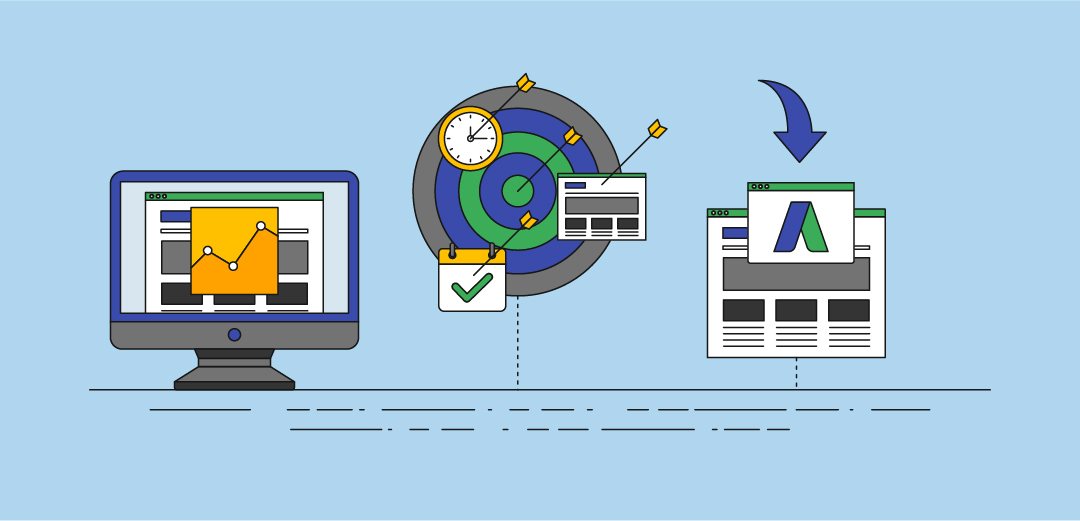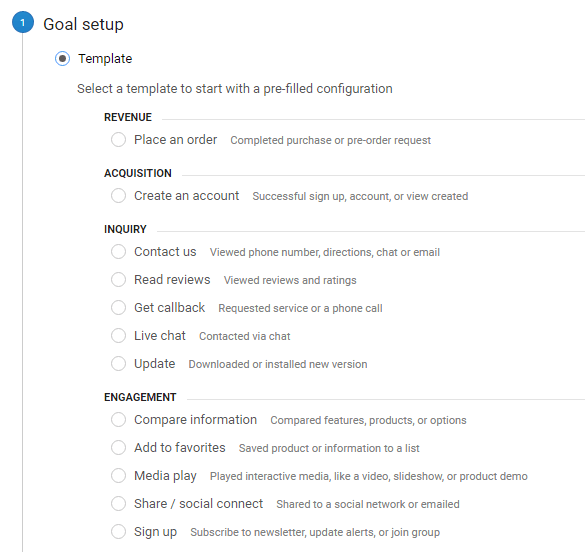Debunking Google Analytics Limitations: Discover What Data Goals Can not Track
In the realm of electronic analytics, Google Analytics stands as a powerful tool that provides valuable insights right into web site performance and customer behavior. Nevertheless, in the middle of its abilities, there exist restrictions that usually go unnoticed. Understanding what Google Analytics can not track is vital for a detailed grasp of information analysis and decision-making procedures. From the details of individual interaction with vibrant material to the complexities of cross-device user trips, these restrictions shed light on locations that may stay obscured from typical analytics point of views. By unraveling these restraints, a more clear photo arises, enabling more enlightened approaches and fine-tuned understandings into customer interaction and conversions.

User Interaction With Dynamic Web Content
User communication with vibrant content plays an important role in comprehending customer behavior on sites and maximizing the total individual experience. Dynamic web content refers to elements on a page that can transform without the need for a full page reload. This includes interactive aspects such as pop-ups, sliders, forms, and videos that react to customer activities in real-time. By tracking user communications with dynamic content, web site proprietors can obtain useful insights into individual involvement, choices, and habits.
Google Analytics provides various devices to track user interactions with vibrant material, such as event monitoring and digital pageviews. Occasion tracking enables you to keep an eye on particular customer activities, like clicking a switch or watching a video clip, offering information on just how individuals communicate with vibrant aspects.
Cross-Device Customer Journeys
Exactly how can contemporary analytics tools track the facility paths individuals take across multiple tools in their on the internet journeys? Cross-device individual trips provide a considerable challenge for monitoring and evaluating user actions properly. As individuals interact with apps or web sites using different tools such as tablet computers, desktops, and smartphones, it becomes crucial to comprehend exactly how they relocate in between these platforms to optimize user experience successfully.
Google Analytics deals with restrictions in tracking cross-device individual trips because of personal privacy concerns and technical constraints - what data is google analytics goals unable to track. While it can provide understandings into private gadgets' interactions, tracking a seamless user journey across multiple devices remains a challenge. This restriction can lead to insufficient information and fragmented individual insights, making it difficult for organizations to produce a unified sight of the customer trip
To resolve this concern, services can make use of sophisticated analytics tools that use cross-device monitoring capacities, permitting them to get a more holistic understanding of individual habits. By leveraging these tools, businesses can link the space in tracking cross-device user journeys and optimize their electronic approaches for a seamless customer experience.
Offline Conversions and Acknowledgment
As organizations browse the challenges of tracking cross-device customer journeys, an additional essential facet to think about is the realm of offline conversions and attribution in the realm of information analytics. While Google Analytics offers valuable understandings into on the internet user actions, it fails when it comes to tracking conversions that happen offline. This limitation positions a significant obstacle for companies that have both online and offline sales networks.
Offline conversions, such as purchases made in physical shops or through telephone call centers, are necessary to comprehending the full consumer trip. Without the ability to associate these offline conversions to details on the internet communications, businesses might have a hard time to precisely measure the effect of their digital marketing initiatives.
To resolve this gap, companies can discover alternate solutions such as integrating CRM systems with on the internet analytics devices or utilizing one-of-a-kind discount codes that can be mapped back to on-line campaigns. By bridging the space in between online and offline data, services can obtain a more detailed understanding of their consumers' behavior and enhance their total marketing strategies.
Individual Individual Identification
In the realm of information analytics, the capability to properly recognize specific users across various online touchpoints is a crucial difficulty for organizations seeking to individualize and enhance their advertising strategies. While Google Analytics gives important understandings right into individual behavior and discover here interactions, it falls short in enabling the identification of specific individuals due to privacy concerns and technological constraints. Google Analytics utilizes special identifiers such as cookies to track individual sessions and habits, however these do not equate to identifying private users in a personal feeling.

Information From Secure Pages
Despite the increasing occurrence of secure web pages on sites, obtaining data from these encrypted sources provides an unique difficulty for electronic analytics platforms like Google Analytics. Safeguard pages, suggested by HTTPS in the link, encrypt information exchanged in between the individual's internet browser and the web site's server to guarantee privacy and protection. While this encryption is crucial for safeguarding delicate info, it likewise presents limitations for tracking user habits and event analytics data.
Google Analytics faces barriers in gathering thorough information from safe web pages due to the file encryption methods in place. Because of this, particular information factors such as referral sources, keyword searches, and even some customer interactions may not be totally recorded when users access a website with a safe connection. This restriction can affect the precision and efficiency of the data analysis, resulting in spaces in recognizing individual habits and choices on safe and secure web pages.
To browse this obstacle, electronic experts might require to discover different monitoring techniques or take advantage website link of various other devices especially created to collect insights from safe web pages. By adjusting approaches to suit these constraints, services can still acquire beneficial analytics regardless of the restraints offered by encrypted links.
Final Thought
In final thought, Google Analytics has limitations in tracking customer interaction with vibrant material, cross-device user trips, offline conversions, individual customer identification, and information from safe pages. Regardless of its important understandings, Google Analytics may not supply a total photo of individual engagement across different touchpoints.
Individual communication with dynamic content plays a vital function in comprehending customer behavior on web sites and optimizing the general customer experience. By tracking individual interactions with vibrant content, web site owners can acquire valuable insights into individual involvement, choices, and behaviors.
Google Analytics utilizes one-of-a-kind identifiers such as see this here cookies to track user sessions and habits, yet these do not equate to determining specific customers in a personal sense.
As a result, particular data points such as reference resources, keyword searches, and even some user interactions may not be completely recorded when users access a website via a safe link.In conclusion, Google Analytics has limitations in tracking individual interaction with dynamic web content, cross-device customer trips, offline conversions, individual user identification, and data from secure pages.
Comments on “Key Insights on What Data Is Google Analytics Goals Unable to Track”